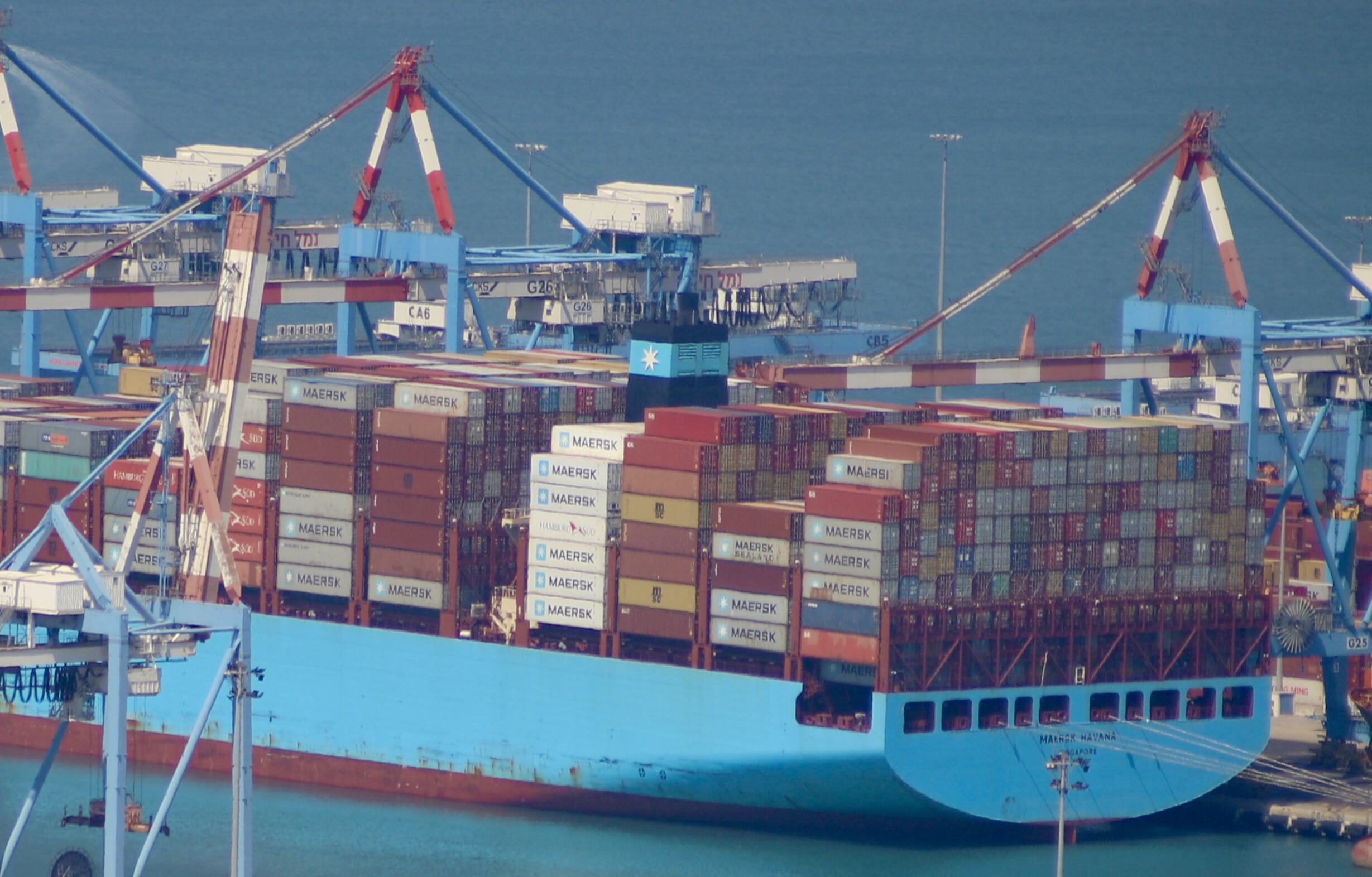A striking image of a cargo ship laden with a myriad of colorful containers docked at the bustling port immediately evokes the magnitude and complexity of the unfolding trade saga between the United States and China. The vessel, captured in vivid detail looms large against the backdrop of a busy harbor where towering cranes, intricately arranged stacks of containers, and the ceaseless movement of cargo epitomize the delicate balance of modern global commerce. This scene serves as a tangible reminder of the vast infrastructure underpinning international trade and of the tangible impacts that shifts in policy can have on everyday operations in major ports across the country. The visual narrative of this busy port, with its relentless activity and the palpable tension of impending change, mirrors the broader economic uncertainties now confronting an administration determined to reshape the longstanding trade relationship with China.

President Donald Trump’s renewed focus on reexamining U.S. trade policies has reignited a contentious debate over the future of Permanent Normal Trade Relations (PNTR) with China—a status granted 25 years ago that has since enabled a deep integration of Chinese goods into the American market. Recent executive orders have signaled a potential pivot away from this established framework, a move that could lead to an automatic escalation in tariffs on Chinese exports from an average of 19% to a staggering 61%. Such a drastic increase is anticipated to reverberate throughout the U.S. economy, affecting corporate profitability, job security, and overall economic growth. As lawmakers from both sides of the aisle deliberate on proposals like the bipartisan “Restoring Trade Fairness Act,” which aims to suspend PNTR and impose significantly higher tariffs over the coming years, trade experts have expressed mounting concern that the removal of PNTR could unleash a cascade of economic disruptions. This legislative maneuver, which requires careful coordination with Congress and is heavily influenced by the president’s own directives, reflects a broader strategy to leverage trade policy as a means of compelling China to adhere to what many in Washington view as a fairer set of rules.
The evolving situation has prompted both public and private sectors to brace for potentially dramatic shifts in global supply chains and market dynamics. Business consultants, legal advisors, and corporate strategists are already preparing for a scenario where heightened tariffs would necessitate relocating supply chains, repatriating production facilities, and renegotiating contractual agreements to mitigate the financial impact. At the same time, prominent figures in the policy sphere, including trade experts and congressional representatives, continue to debate whether repealing PNTR is the most effective strategy for addressing perceived imbalances in trade practices or if alternative measures might achieve similar objectives without risking a full-scale trade war. With only a handful of countries—such as Cuba, North Korea, Belarus, and Russia—currently excluded from enjoying normal trade relations with the United States, the potential recalibration of U.S.-China ties raises significant questions about the future framework of international trade and the safeguards that have long underpinned it.
Ultimately, the confluence of political ambition and economic pragmatism has reached a critical turning point that could redefine decades of global commerce and diplomatic engagement. The unfolding debate over the fate of PNTR, underscored by the evocative image of a container ship standing as a silent sentinel at Oakland’s port, underscores the high stakes of a decision that could alter the very fabric of international trade. As the administration, lawmakers, and industry leaders navigate this challenging terrain, the anticipated changes in trade policy serve as both a catalyst for potential reform and a harbinger of the uncertain and turbulent adjustments that may lie ahead. The ongoing developments in U.S.-China economic relations promise to leave a lasting imprint on global markets, forcing a reckoning with long-held agreements and challenging all stakeholders to adapt to an evolving economic landscape marked by both significant opportunity and considerable risk.
Leave a Reply